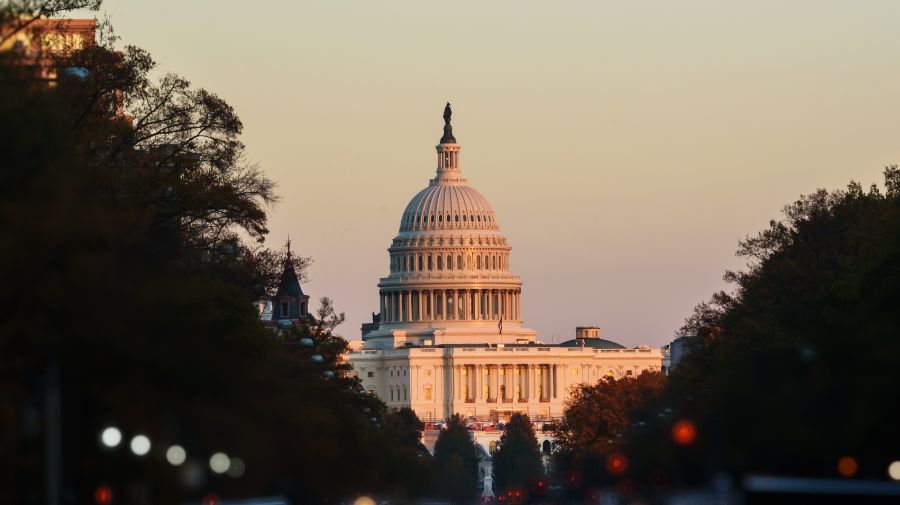Shifting ground: The regulatory updates every ABA professional needs to watch

The ABA field is no stranger to change, but right now, the ground feels especially unsteady. Regulatory updates, payer rules, and political developments are transforming how practices operate. For providers, keeping up with these changes goes beyond staying informed; it’s about safeguarding your ability to deliver meaningful care while running a thriving business.
Here are four critical regulatory trends shaping the ABA field today, as well as steps your practice can take to adapt and remain successful.
MHPAEA enforcement brings new rules for insurance parity
If you’ve struggled with insurance limits or endlessly justifying ABA therapy during pre-authorizations, you’re not alone. For years, coverage for ABA, and other mental and behavioral services, lagged behind other medical care. But the Mental Health Parity and Addiction Equity Act (MHPAEA) is leveling the field. This federal law requires insurance companies to cover mental, behavioral, and substance use therapies as comprehensively as they cover physical health treatments.
While MHPAEA itself isn’t new, enforcement efforts have ramped up significantly in recent years. Federal authorities are holding insurers accountable, making it harder for them to impose stricter limits on ABA therapy (such as setting tighter caps on treatment hours, adding excessive prior authorization hurdles, or charging higher copays).
On paper, this should mean smoother coverage and fewer challenges for clients. However, here’s the gray area. Insurers are under pressure to review claims for compliance with parity rules. This means close scrutiny of your billing and documentation practices. Also, while the updated MHPAEA provisions introduced in 2025 aim to enhance parity enforcement, some components are currently on hold due to pending litigation and regulatory revisions. This uncertainty has created confusion for both insurers and providers, potentially impacting how claims are processed.
What can you do to stay ahead?
- Review all current MHPAEA regulations to ensure compliance: Use these resources to understand current MHPAEA guidelines: CMS MHPAEA Guidance & DOL MHPAEA Guidance Compendium.
- Review payer contracts. Audit agreements with your insurers to ensure they meet MHPAEA standards. Look for language around session caps, prior authorizations, or higher copays that violate parity rules.
- Document everything! Train your team to document medical necessity in a way that aligns with parity regulations. Include detailed treatment goals, techniques used, and client progress to prevent denials due to “insufficient evidence.”
Medicaid audits tighten billing standards
Medicaid has become a lifeline for many families seeking ABA therapy. But with soaring costs, scrutiny is intensifying. For instance, a federal audit in Indiana revealed more than $56 million in flagged payments for improper claims. Frequent mistakes included incomplete documentation, unqualified staff providing billed services, and inadequate session details.
Many states, like Indiana and Nebraska, have upped the ante with policies requiring providers to document detailed diagnostics and adhere to stricter eligibility rules. If errors are found in your billing, denied claims or recoupments could disrupt your operations.
How does this impact your practice? Some state requirements now call for unprecedented specificity, such as treatment outcomes linking directly to session notes. Practices not staying on top of these heightened demands risk losing critical reimbursements.
Here’s how to make sure you’re prepared:
- Understand your state’s latest requirements. Rules vary state by state, so familiarize yourself with Medicaid guidelines in your region, such as documentation checkpoints or service caps.
- Be proactive with audits. Regularly examine your internal records to flag errors before an external audit catches them. Establish a consistent review schedule and assign specific staff members to the task to ensure audits don’t get overlooked.
- Clean up session documentation. Notes should spell out techniques, goals achieved, and treatment rationale clearly. Even seemingly minor notes, like snack breaks or transitions, could impact claim reviews.
State-level caps are reshaping ABA service hours
No topic is sparking debate like state-mandated caps. The underlying rationale? Budgets. Medicaid spending on ABA has surged, with some states like Indiana noting a threefold increase over the past five years. To control costs, states are introducing tough limits. Nebraska, for example, now caps allowable service hours at 30 per week. And Indiana has capped Medicaid care to three years, a move that has left many families concerned about its impact on their children’s long-term progress.
While caps can help curb costs, they also place severe limitations on how providers serve clients by forcing practices to adapt care plans and rework scheduling to fit within the restrictions.
Here’s what you can do:
- Review your state’s caps. State-by-state guides can help you understand your specific requirements.
- Communicate early with families. Proactively inform families about caps in service hours or funding duration. Adjust treatment plans collaboratively to ensure clients receive as much support as possible within the limits.
- Focus on more family engagement. Consider supplementing therapy hours with parent training to extend progress outside clinical care. This encourages continuity of care without exceeding caps.
- Advocate for better policies. Consider joining state-level efforts to push back against overly stringent service limitations. Success stories shared directly with legislators have proven effective in raising awareness.
The 2025 election cycle and its impact on ABA funding
Every election cycle brings uncertainty, and 2025 is no exception. Medicaid, a lifeline for many ABA providers, is under the microscope. Proposals circulating Congress include drastic Medicaid budget cuts, potentially surpassing $800 billion over the next decade.
These political shifts could lead to changes in how ABA services are delivered and funded. For practices heavily reliant on Medicaid, diversifying revenue streams and preparing for potential rate adjustments will be essential.
You can learn more about the ongoing Medicaid debate here – also featured in the Industry Pulse section of our In Harmony newsletter, where we highlight important updates in healthcare.
Meanwhile, mentions of “dual models” (blending telehealth with in-clinic care) have emerged as an area some lawmakers are looking to incentivize in the near future.
How can you safeguard your practice through these changes?
- Explore hybrid care options. Adjust service models proactively. A rise in federally incentivized telehealth could reshape visit preferences. Factor hybrid care models into your planning now.
- Stay vocal. Your voice matters. Attend town halls, join advocacy discussions, or collaborate with groups like CASP to emphasize the importance of ABA therapy and its funding.
- Monitor legislation closely. Lay the groundwork now to ensure you’re not blindsided by sudden shifts in policy. Subscribe to our newsletter to get important updates sent right to your inbox.
Protect your foundation now for future growth
Change isn’t always easy, but a proactive strategy can turn disruption into opportunity. Every new challenge has the potential to drive innovation, and these regulatory changes are no different. Whether it’s rethinking service models, empowering families, or navigating reimbursement shifts , the solutions we develop today will shape ABA services for years to come.






